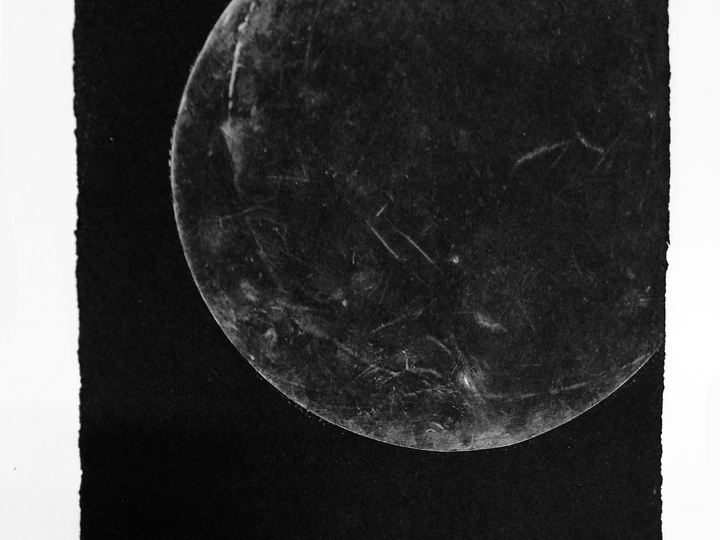Contacto

Maria Tula G. Méndez is an Architect specialized in Urbanism, Planning, and Environment. She has worked developing proposals for urban regeneration, strategic territorial plans, and projects for the design of landscapes and public spaces, as well as designing and facilitating processes of citizen participation for habitat transformation. She has also been responsible for cultural and educational initiatives and programs, always related to the territory.
She has experimented with artistic tools in the processes of inquiry, ideation, participation, communication, and critical reflection on the places we inhabit.
Currently, she is pursuing a Master's degree in Drawing and Contemporary Graphics at the Complutense University of Madrid, where she continues to explore, mainly through drawing and engraving, our connections and ways of inhabiting the territory.
There's a dissociation between the environment that surrounds us, which we perceive and experience in our daily lives with our senses, and the maps and theoretical representations of scientists, geographers, or politicians: from a quantitative standpoint, they speak of a model to which it's difficult to feel we belong.
Through drawing and other artistic languages such as engraving, I seek to bring our everyday experience of places closer to the ways we look at and relate to the territories where they take place.
From a subjective, bodily, and sensitive experience immersed in the place, I'm interested in contributing to rethinking our connections with the environment, listening to approach with less extractive logics.
"Contact" is the imprint of a series of moments of intimacy with a place.
It's an experience of a horizontal relationship with the landscape.
It's a gestural, tactile dialogue: a moment of bodily listening towards a space.
It's a way of inhabiting, in the sense of creating an emotional bond with a place through the subjective and sensitive experience of touch and gesture.
It's also the genealogy of this bond, with different branches, ancestries, and evolutions of form. It's the tangible inscription of a wordless dialogue.
It's the imprint of the contact of the territory's skin with our own body.
It's to come into contact. To inhabit that contact.
Contact is an alphabet of signs that connect - that mediate - experience with its visible form.
It's a process more than a result.
It's the revelation of marks, textures, shapes, and strokes that are unique and irreplicable because they depend on an imperfect human process of inking and printing. It's a surprise, a re-enchantment with what appears on the paper and escapes our control. There are no two identical marks.
It's a territory in itself.
It's an earthly sample that we begin seeing from above and end up immersed in.